Measurement of persistent organic pollutants: Recent progress profiled
Envirotec Magazine
FEBRUARY 5, 2024
By Gauthier Eppe Persistent organic pollutants (POPs) are toxic chemicals that pose a significant threat to human health and the environment. POPs are ubiquitous in our environment (water systems, soil, air and sediments) and they bioaccumulate, passing from species to species through the trophic chain, ultimately ending up in the human body.


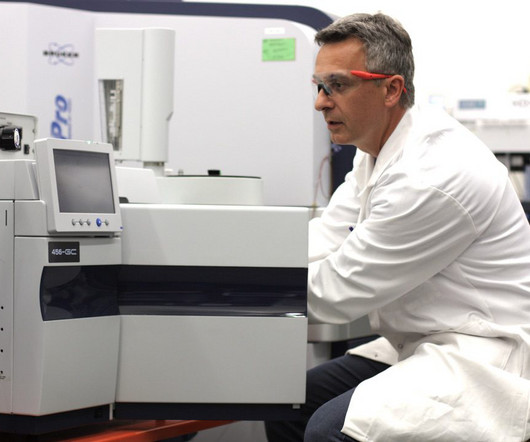
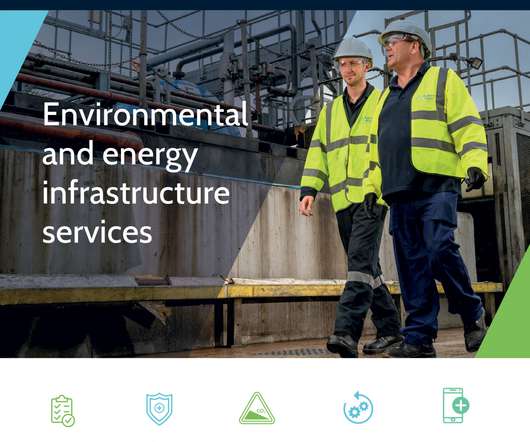
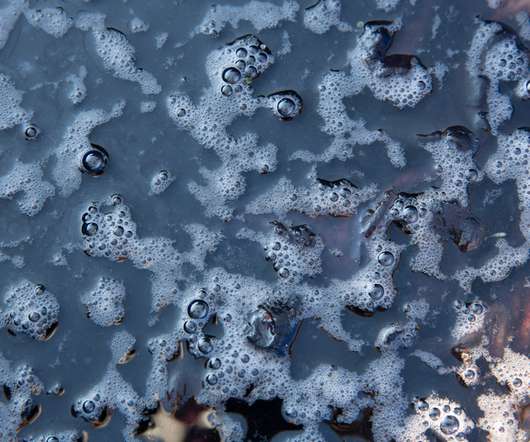

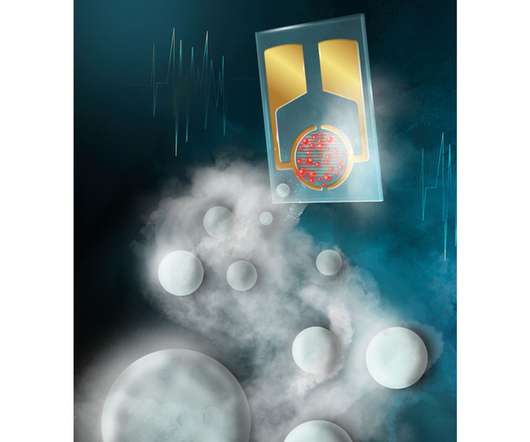
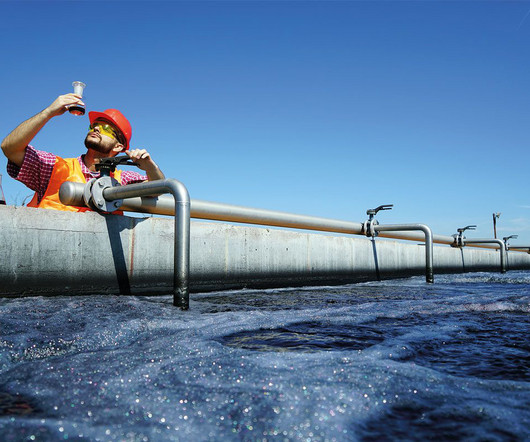
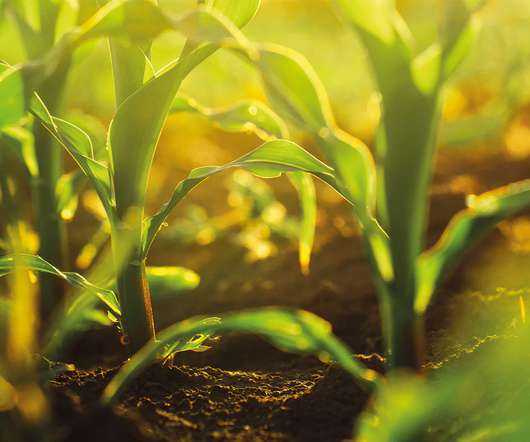

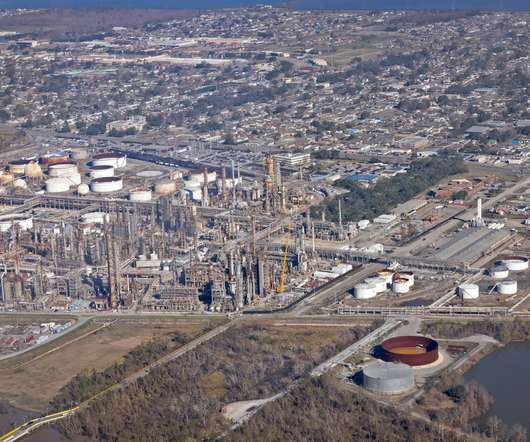








Let's personalize your content